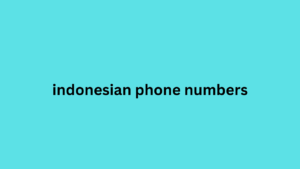Both can help increase interest or, on the contrary, even cool you off abruptly.
Therefore, always try to summarize what they can expect from your blog post in the meta-description. Remember that the maximum length is 115 characters.
The URL should also be short and clear: Many content management systems (such as Wordpress) automatically generate the URL from the title.
URL and meta-description from an SEO perspective
Similar to the meta title, from an SEO perspective, the following applies in terms of URLs: stick to your target keyword and put it as far forward as possible.
Also, the recommendation to convert umlauts and remove special characters is valid, as they often become complicated percentage codes: an "ö" becomes a "' %&oOn'", an "=" becomes a "%8=dr".
Both the title and the description meta tag are key for SEO as they help improve the CTR (the % of users who click).
The text format
Text formatting from a UX perspective
Do you read any newspapers?
You've probably experienced that articles with justified text and font size 8 are quite difficult to read.
If it's a paper newspaper, well, you get used to indonesian phone numbers it and strain your eyes to read it, but the same doesn't happen with online publications.
Reading on a screen is simply much more tiring for the eye and the brain, and the range of products and services on offer is almost limitless.
You should try to make it as easy and comfortable as possible for your readers to consume your texts, you have to achieve the best possible readability, especially through text formatting elements such as:

Paragraphs and subtitles.
Optical highlighting (bold or italic).
Lists and enumerations.
Links have the added advantage that you can direct readers to other relevant content on your own site (internal links) and that you can benefit from the expertise of other content (external links).
Visual content (image, video).
All of these points can be used as design elements and therefore provide useful anchor points for the reader's eye.
Text formatting from an SEO perspective
The above design elements are also perfect for improving on-page SEO: if you highlight your keywords and semantically related terms, in bold/italic subheadings and markers, Google sees this as an indicator of relevant words in the content.
Make sure you use a hierarchical approach to headings:
The first heading, usually the title, is an H1 heading, which is used only once per page.
The next level - subheadings - corresponds to an H2 title.
If you want to structure a chapter further, it makes sense to do so with H3 and H4 headings.
Internal links can help you increase the authority of your own website to a specific topic.